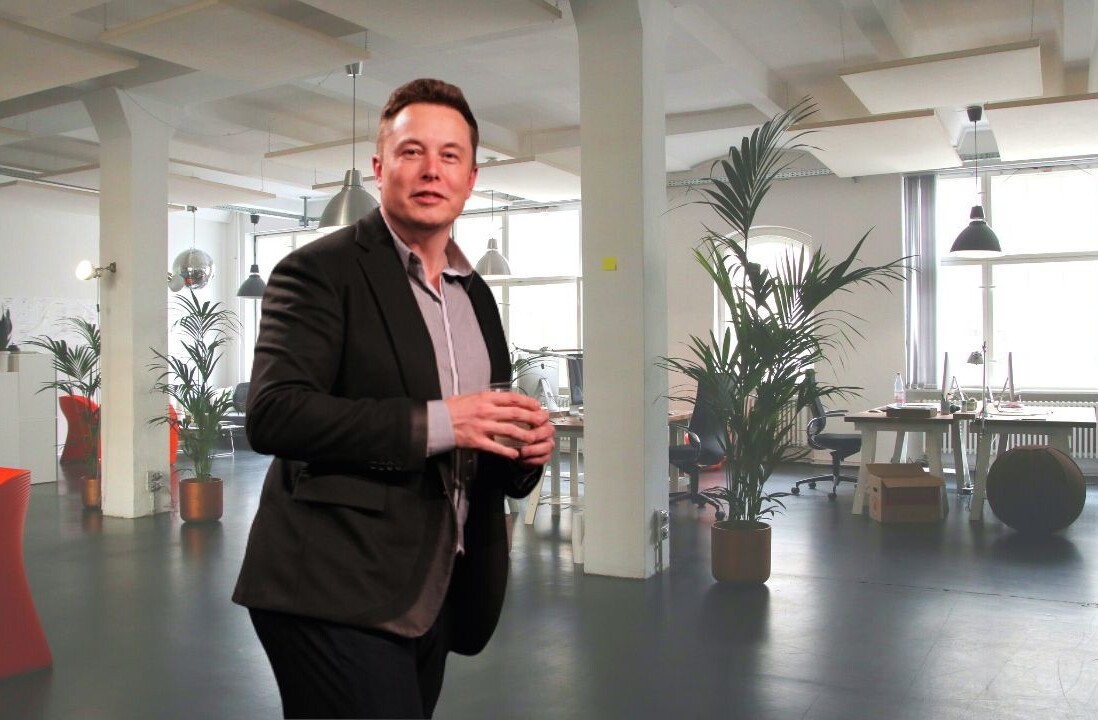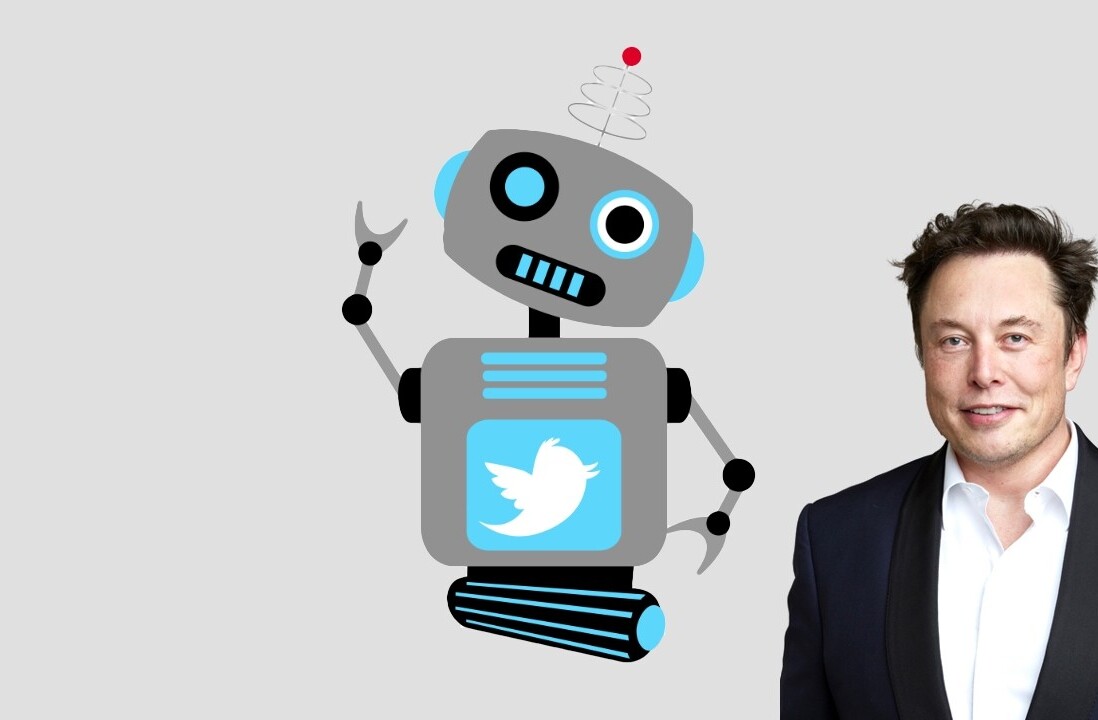
The actual cost of an advertising campaign on Twitter has always been somewhat shrouded in mystery with large campaigns run without direct figures revealed. Well now they have and it’s a huge $120,000 per day to run a Promote Trend on the site. Which, according to Business Insider, is up from the $30,000 per day they cost last year. While this is clearly good news for Twitter, it’s bad news for small businesses, with the minimum ad spend required overall on Twitter sitting at $15,000 over 3 months, making this pretty much a no-go for those with limited ad budgets. $5,000 per month on advertising via a relatively new and unproven platform is too much for many small businesses.
Opening up to small businesses?
While the chief of revenue states the minimum ad spend is $15,000 over 3 months, this could change as Twitter has just announced it’s introducing a self-serve ad system by the end of the year. While to book ads on Twitter you currently have to go through an online form and sales rep, by the end of the year they will have a system in place that functions a lot more like Facebook or Google ads, which is open to any advertisers. Though Twitter hasn’t confirmed if there will be a minimum spend required, this is certainly a step in the right direction, opening up its potential revenue stream to a lot more advertisers, with less strain on its internal sales department. The only thing now of course, is for Twitter to determine which ad model is right for them, when it will effectively relinquish a lot of control over who gets to advertise on the site. With this in mind, the ad model is crucial to sustaining the quality user experience currently on the site.
Bid per follower
 What Twitter does have, through its promoted accounts offer, is a ‘bid per follower’ system, which gets to the crux of what every brand wants. Lots of fans, and an easy way to pay for them. This model cuts out a lot of the middle (but necessary) process, of how you convert ad spend into fans and how to accurately measure the return on your ad spend. It seems a little worrying that Twitter’s own chief of revenue would describe its ad system as ‘bid per follower’ as it represents a dangerous way for brands to think about their advertising and commoditises the Twitter community. In an interview on Clickz, this was followed by the comment that once the follower is ‘paid’ for, the brand “can keep marketing to that guy as many times as they want without worrying about where they are across the web or what kind of mindframe they’re in”.
What Twitter does have, through its promoted accounts offer, is a ‘bid per follower’ system, which gets to the crux of what every brand wants. Lots of fans, and an easy way to pay for them. This model cuts out a lot of the middle (but necessary) process, of how you convert ad spend into fans and how to accurately measure the return on your ad spend. It seems a little worrying that Twitter’s own chief of revenue would describe its ad system as ‘bid per follower’ as it represents a dangerous way for brands to think about their advertising and commoditises the Twitter community. In an interview on Clickz, this was followed by the comment that once the follower is ‘paid’ for, the brand “can keep marketing to that guy as many times as they want without worrying about where they are across the web or what kind of mindframe they’re in”.
This comment is a little odd, coming from a Twitter representative and shows that the ad product is being developed completely in line with big brands, who might adopt this approach of paying a load of money to get the fans in, then not really knowing what to do with them. What it seems to show is that Twitter is turning into a bit of a marketplace, where followers and tweets can be brought at a premium, to create a continual cycle of promotion. What the comment doesn’t address of course is the fact that the person has the ability to choose to not follow the company at any point, and opt out of the remarketing when they want. In this way it makes a false promise to brands and suggests that Twitter’s ad model isn’t quite there yet, if this is the hypothesis behind the ad system.
In action – the Super 8 campaign & Guy Kawasaki
 If you’re on Twitter, you would have found it hard to ignore the buzz surrounding the Super8 film release, or how they’ve utilised Twitter ads to promote it. They’ve invested heavily in promoted topics, such as #Super8Secret which led users through to a microsite to avail of tickets to one of a handful of exclusive preview screenings. They even launched the film one day ahead of the release through these screenings, offering even more exclusivity to Twitter fans. At $120,000 per day for promoted tweets alone, you would have to hope that the investment worked for them. And that’s without the additional cost of running the campaign through Twitter, ads, and the screenings. But although this is one of the most innovative and adventurous Twitter campaigns we’ve seen, the focus is off Twitter completely. Indeed, the official super 8 movie Twitter account has just 12,000 followers with a relatively low level of activity.
If you’re on Twitter, you would have found it hard to ignore the buzz surrounding the Super8 film release, or how they’ve utilised Twitter ads to promote it. They’ve invested heavily in promoted topics, such as #Super8Secret which led users through to a microsite to avail of tickets to one of a handful of exclusive preview screenings. They even launched the film one day ahead of the release through these screenings, offering even more exclusivity to Twitter fans. At $120,000 per day for promoted tweets alone, you would have to hope that the investment worked for them. And that’s without the additional cost of running the campaign through Twitter, ads, and the screenings. But although this is one of the most innovative and adventurous Twitter campaigns we’ve seen, the focus is off Twitter completely. Indeed, the official super 8 movie Twitter account has just 12,000 followers with a relatively low level of activity.
The buzz around the Super 8 film online isn’t in doubt, but it shows that perhaps investing in a Twitter campaign isn’t necessarily about investing in Twitter overall, as it’s all about driving awareness and in this case, traffic to other sites such as trailer previews and free tickets. This is where Twitter’s ad system falls down slightly, as they haven’t quite yet got that magic Facebook Page solution that sees people investing the site to keep people within the site. It also supports my argument of Twitter acting more like a marketplace, where trends and users are exchanged, but with no strategy to stay there.
 Some case studies have been revealed that show how Twitter ad campaigns can work, with one advertiser claiming that Twitter results outperformed Google, despite a lower investment. In an ad campaign run by an advertiser to promote Guy Kawasaki’s new book ‘Enchantment,’ $1,000 was spent on Twitter ads through Promoted Tweets, compared to $4,000 spent on more traditional Google ads. In this instance Twitter was found to drive more sales of the book than Google, which hinted at the success of Google Ads. However, the findings of this campaign don’t take into account whether the Twitter sales were driven from ads, or from organic traffic, which could have been helped in part by Guy Kawasaki’s 360,000 followers.
Some case studies have been revealed that show how Twitter ad campaigns can work, with one advertiser claiming that Twitter results outperformed Google, despite a lower investment. In an ad campaign run by an advertiser to promote Guy Kawasaki’s new book ‘Enchantment,’ $1,000 was spent on Twitter ads through Promoted Tweets, compared to $4,000 spent on more traditional Google ads. In this instance Twitter was found to drive more sales of the book than Google, which hinted at the success of Google Ads. However, the findings of this campaign don’t take into account whether the Twitter sales were driven from ads, or from organic traffic, which could have been helped in part by Guy Kawasaki’s 360,000 followers.
Twitter needs the critical mass
The obvious question many brands will ask, is whether or not Twitter deserves these ad dollars. The numbers behind the Super 8 campaign might be more of a reflection of overall usage on Twitter. According to a recent survey, while awareness of Twitter sits at 92%, actual usage among U.S. users sits at 8%. That compares, worryingly for Twitter, to 42.3% for Facebook.

Get the TNW newsletter
Get the most important tech news in your inbox each week.






